If you’re like I was a couple of months ago, then your knowledge of tea may be fairly limited. Up until recently, I grew up drinking tea straight from tea bags. I never heard of loose leaf tea, and when I saw images of it, I cringed. That’s tea? I thought to myself. That doesn’t look very appetizing. Is that even good for you? These were some of the many questions that ran through my head.
Eventually I couldn’t stop thinking about it. I started to do more research and learned of the many benefits loose leaf tea has over bagged tea. I became so curious that I decided to go ahead and just try it. After all its tea, so what’s the worst that could happen?
I slowly became familiar with the different types of loose leaf tea, how they’re made, their features, why they look a certain way, and the way they taste. For those of you who have never even heard of black tea, oolong, or pu’erh, or don’t know the difference between true tea and herbal tea, then keep reading. This is for you.
Where Does Tea Come From?
You may find this surprising, I know I did:
All tea comes from the same plant.
That’s right.
Tea is made from the same plant, a plant called Camellia Sinensis. This plant is native to Asia, but is currently grown all over the world, mostly in tropical areas or large tea gardens. Depending on the specific location of where the Camellia Sinensis plant is grown, it allows for many different flavor variations.
The Camellia Sinensis plant also has a small white flower. If you were to let the Camellia plant grow and not trim it, it could grow several meters high.
In the Camellia family, there are actually two types of plants. The Camellia Sinensis, which typically originates from China, and the Camellia Assamica, which typically originates from India. The Camellia Sinensis leaf is usually smaller and more delicate compared to the larger leaf of an Assamica plant. Both plants are used to provide many different tea variations and flavors that are drank all over the world.
Teas that are made from the Camellia Sinensis plant is what is known as real, true, or actual tea.
For example black tea, green tea, oolong, white tea, and pu’erh tea. All these teas are unique in flavor, taste, color, and smell, even though they come from the same plant. These variations are achieved by how they are produced for consumption. For example, the amount of oxygen that is absorbed by the leaves once they have been broken. More on that below.
It’s important to note that any leaf, plant, flower, herb, spice, or root that comes from any other plant other than the Camellia plant is known as herbal tea, tisanes, herbal infusion, or fruit tea.
Common herbal teas include chamomile, peppermint, honeybush, rooibos, and rosehip to name a few. Each plant provides different characteristics, flavor, and health benefits.
What Types of Teas are There?
Teas can be divided into 6 basic categories: Black Tea, Green Tea, Oolong, White Tea, Pu’erh, and Herbal Tea.
Each type of tea is made from the same Camellia Sinenis plant (except for herbal teas) however they all offer something different. The differences arise from several factors, one of which being the amount of oxygen that is absorbed during the production process. When more oxygen is absorbed by the leaves, the leaves become dark colored, such as black teas. When less oxygen is used it produces green tea. Leaves with no oxygen absorbed are known as white tea.
Black Tea
Black teas are exposed to the most amount of oxygen during the oxidation process, as it allows the leaves to fully wither. This results in the leaves turning very dark brown or black, and usually provides a richer, deep flavor. The outcome of brewed black tea ranges from a dark brown to deep red liquid color (in Asia many black teas are actually called “red” tea).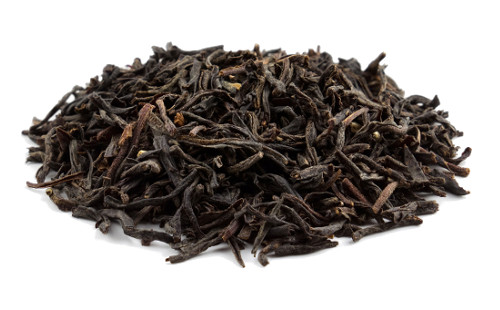 When brewed correctly black teas can also have a higher caffeine content compared to other teas. The results of this will of course vary depending on the kind of black tea, temperature, technique used to brew, etc. It is very common for people to add milk and sugar to their black tea. Black tea is also the base used for many iced tea drinks as well.
When brewed correctly black teas can also have a higher caffeine content compared to other teas. The results of this will of course vary depending on the kind of black tea, temperature, technique used to brew, etc. It is very common for people to add milk and sugar to their black tea. Black tea is also the base used for many iced tea drinks as well.
Types of Black Tea
- Assam
- Darjeeling
- Ceylon
Types of Black Tea blends
- Earl Grey
- English Breakfast
- Irish Brekfast
- Masala Chai
Green Tea
Once it has been picked off from the bush, green tea only has a very small window of time for it to wither. The oxidation process is purposely stopped quickly by heating or steaming the leaves to a temperature hot enough to prevent the leaves from browning. The leaves are then rolled and dried. Once green tea has been brewed, the liquid is typically light green or yellow in color.
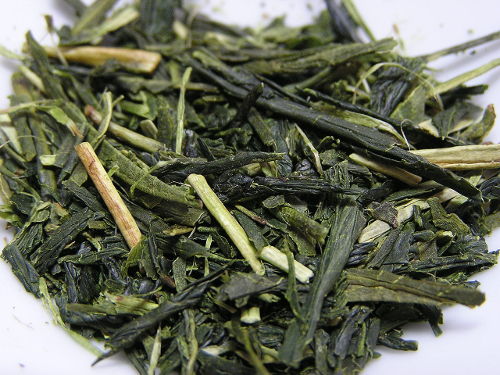
If brewing green tea at a lower temperature and for less amount of time, the green tea will usually have less caffeine secreted from the leaves. The opposite is true if the tea is brewed at a higher temperature and for a longer amount of time, in order to produce more caffeine from the leaves. Green tea is known to provide a more subtle flavor and additives such as sugar and honey is not usually added. Green tea is incredibly popular in Asia, and has also made media headlines in the Western world claiming the health benefits it can provide.
Types of Green Tea
- Sencha
- Fukamushi Sencha
- Matcha
- Genmaicha
- Gunpowder
Oolong Tea
Oolong tea is a tea that resembles both black and green tea qualities. It is met somewhere in the middle in terms of production process, taste, flavor, and color. Oolong tea is semi-oxidized, which means it goes through a short period of oxidation that allows the leaves to turn a reddish-brown color. The leaves will then be rolled, and then allowed to rest some more.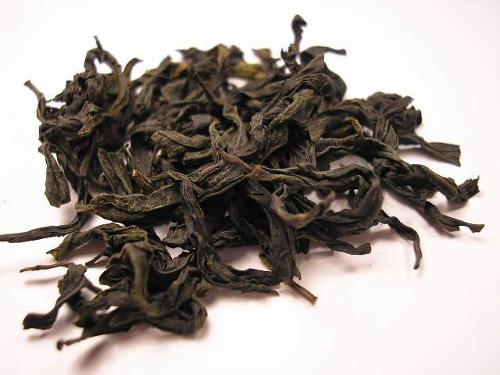 This process is then repeated several times and heat is also gently applied throughout. This helps to create a complex layer of delicious flavor and aroma. It can take anywhere from several hours to a few days to produce Oolong tea. When brewed, Oolong tea is usually a pale yellow color, and can have a more complex flavor compared to white or green teas.
This process is then repeated several times and heat is also gently applied throughout. This helps to create a complex layer of delicious flavor and aroma. It can take anywhere from several hours to a few days to produce Oolong tea. When brewed, Oolong tea is usually a pale yellow color, and can have a more complex flavor compared to white or green teas.
Types of Oolong Tea
- Tieguanyin “Iron Goddess of Mercy”
- Da Hong Pao “Big Red Robe”
- Jin Xuan “milk oolong”
- Pouchong “the wrapped kind”
White Tea
White teas are the most delicate in flavor and smell as they essentially are not oxidized. They are pretty much unprocessed tea. They are made from the leaf buds that are covered in small white baby hairs. These new buds are typically plucked before they can open, or are plucked shortly after they have already opened. They are then left to wither and are dried very slowly at low temperatures.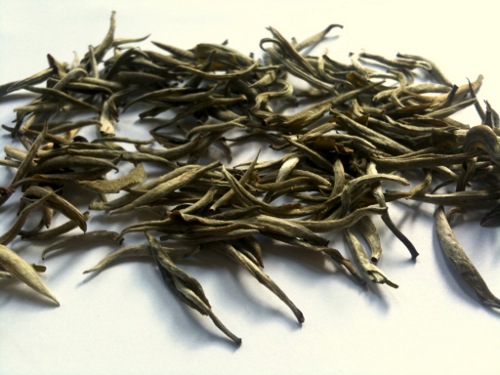 They are not rolled and oxidized like the above types of teas mentioned. This allows the white tea to have a more mild and natural sweetness taste to it. A minimal amount of oxidation may happen naturally, which is why the leaves can vary in color from brown, green, or white. White teas also brew a very pale green or yellow liquid color.
They are not rolled and oxidized like the above types of teas mentioned. This allows the white tea to have a more mild and natural sweetness taste to it. A minimal amount of oxidation may happen naturally, which is why the leaves can vary in color from brown, green, or white. White teas also brew a very pale green or yellow liquid color.
Types of White Tea
- Silver Needle
- White Peony
Pu’erh Tea
Pu’erh tea is a very interesting category of tea. It goes through a similar process you would use to make green tea, however before the tea leaf is dried it is actually aged. The leaves can be aged either as individual loose leaf pieces, or by pressing the leaves together to make a dense, small looking brick or cake piece. This aging process can vary from a few months to several years.
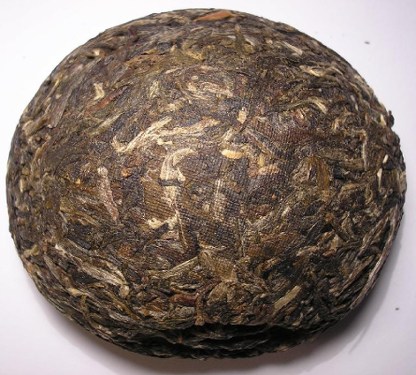
Pu’erh tea is actually fermented tea. Like a fine wine, pu’erh can actually taste better with age. It will not become stale over time like most other teas would. There are several different varieties of Pu’erh, and once brewed the tea can range from a pale yellow, golden, red or dark brown liquid color. They can also tend to have a more earthy taste and smell to them.
Types of Pu’erh Tea
- Shou Pu’erh “Ripe Pu’erh”
- Sheng Pu’erh “Raw Pu’erh”
Herbal Tea
Herbal teas are not made from the Camellia Sinensis plant but still deserve their own category. Herbal teas can be a combination of multiple plants, leaves, seeds, spice or flowers from other plants. For example chamomile tea, peppermint tea, and rooibos to name a few.
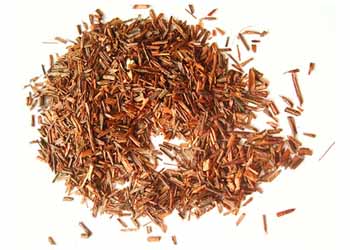
Many herbal teas are known for their calming and soothing aroma, and typically do not contain any caffeine. This lack of caffeine is because herbal teas are not made from the Camellia Sinensis plant.
Types of Herbal Tea
- Peppermint
- Rooibos
- Lemongrass
- Chamomile
- Hibiscus
- Lavender
How is Tea Made?
The techniques and processes for growing, preparing, and producing tea are all very similar. Each type of tea varies in respect to the amount of time it is exposed to withering, oxidation, and drying.
Withering
The purpose of withering is to reduce the amount of moisture in the tea leaf. When the leaves have been plucked, they are laid out on large pans with air passing through them, in order to help remove the moisture in the leaves. This process can take several hours and once complete, the leaves will have a wilted and dried look to them.
Rolling
Rolling is when the leaves are deliberately broken in order to release the enzymes from the leaves. Once the leaves are broken, the next step of the tea making process can begin, which is what we have heard a lot of so far, the oxidation process.
There are two ways rolling can take place.
The most common method is where the tea leaves are rolled in between rollers until they are gently broken.
The second method is where a machine will tear the leaves into smaller pieces.
Oxidation
We have heard this word used a lot throughout this article. Once the tea leaves have been broken up, the leaves are then laid out to rest, or otherwise known as oxidize. The broken tea leaves are now exposed to oxygen. This is an important step as the amount of time the tea leaves are left to expose will determine the type of tea it will later become, its flavor, and aroma. This process can take up to several hours, depending on the desired outcome.
We can use an example to demonstrate this process.
Say you were to bake a yummy apple pie. If you were to let the apples sit out, they will slowly start to turn brown. If you were to instead cut the apples into pieces, they will turn brown much more quickly.
However, if you were the bake the apples, they will not turn brown, and will keep its whitish-yellow appearance. This is because when the apple is baked above a certain temperature, it stops oxidation from occurring. This is the same concept used when producing tea leaves for consumption.
Drying
This was briefly mentioned above, but to stop the oxidation process, tea leaves will become heated or gently baked. Once the leaves have been dried, they can then be sorted for packaging.
Other Resources
Now that you know a little bit more about loose leaf, the different types of tea, where its from and how its made, its time to start steeping!
Check out some of our other great guides and resources to help you get starting on brewing a great cup of loose leaf tea:
- How to Brew Loose Leaf Tea: A Beginner’s Guide
- What is a Tea Infuser? A Look at Different Types & How to Use
- Loose Leaf Tea Starter Kit: 4 Essential Items to Get Started
You can also check out some of the many teas we have reviewed if you’re looking for new flavors to try. Some of our favorite companies for flavored tea are:
If you’re browsing for specific types of tea, you can view by category:
Last but not least, the second most important key to brewing tea other than good quality loose leaf, is a brewing vessel to steep tea in. Check out our reviews on the following tea infusers for more information:
Now that you know how tea is made and the process involved, are you surprised to learn that tea comes from the same plant? I know I was. It was a real eye opener for me to learn that my favorite black, green, and oolong teas all came from the same type of plant, the slight difference being the amount of oxygen it was exposed to and the amount of time it has been heated and dried for. I originally thought each tea was different because it just came from a different plant (kind of like herbal teas) and never really gave it much thought. Boy was I in for a surprise!
What types of tea do you normally drink? We’d love to hear your comments below!

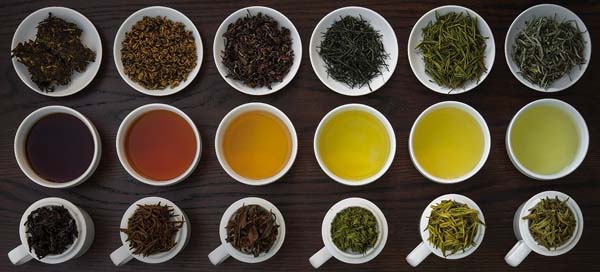
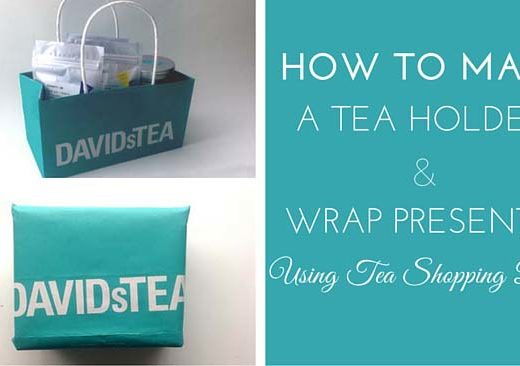
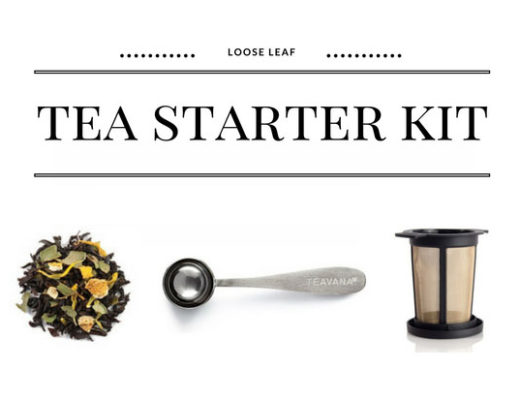
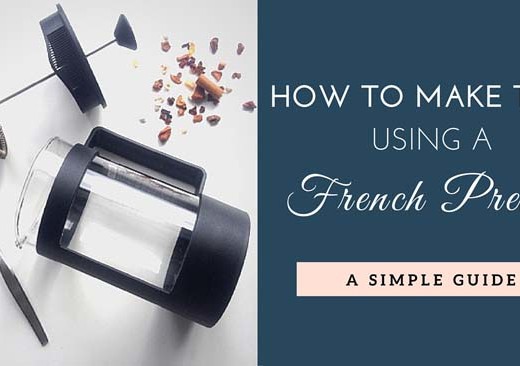
No Comments